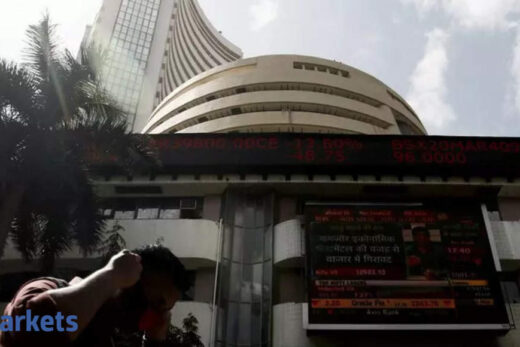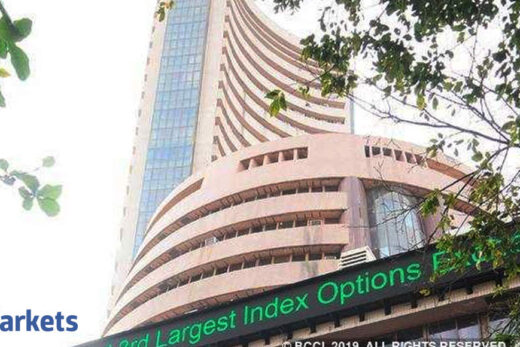By and large, bond yields are inversely proportional to equity returns. When bond yields rise, equity markets tend to underperform. The Taper Tantrum of 2013 is infamous for how the sudden rise in bond yield caused equity markets to slide, as it resulted in mass selling of bonds.
On Thursday, the US 10-year yield climbed to 1.614 per cent, the highest in a year. The reason why bond yields are rising is concerns over inflation in the US. The bond market is expecting the likely rise in inflation to push the US Federal Reserve to either lower monthly bond buying or hike interest rates. That is seen as a negative for emerging markets like India, which may be a major beneficiary of foreign inflows of late.
VK Vijayakumar, Chief Investment Strategist at Geojit Financial Services, said the Fed’s interpretation of the rising yield is that it is discounting better growth prospects while the market typically discounts stock prices at a lower PE when interest rates rise.
“Fed’s declared commitment to inject liquidity and keep rates low through 2023 can ensure a buoyant market this year. Investors can utilise opportunities thrown up by corrections to buy quality stocks is performing sectors,” Vijayakumar said.
Emkay Global in a note said the reflation trade-led pick up in developed market yields in recent weeks has created a fear in the markets that further uptick in yields could pose problems for the broader equities market, given elevated valuation multiples.
The brokerage sees further steam in US yields uptick, led by the resumption of normalisation as well as the upcoming massive US fiscal support and US Treasury supply.
The comments by US Federal Reserve Jerome Powell earlier this week failed to soothe the bond market.
Powell, testifying before the US Senate Banking Committee, said that interest rates will remain low and the Fed’s $120 billion in monthly bond purchases will continue at least at the current pace “until we make substantial further progress towards our goals”.
Powell did not talk about the risks of rising bond yields or a possible spike in inflation, but of the roughly 10 million jobs still missing compared to a year ago, Reuters reported. But on Thursday, data showed initial weekly unemployment claims in the US fell by 111,000 to a seasonally adjusted 730,000 last week. It was also the biggest drop in new applications for regular state programs since last summer, Reuters reported.
“While lower yields did help equities post the Covid peak, equities may not necessarily de-rate if yields go up now. In fact, just ahead of the crisis, the 10-year US yield was close to 2 per cent, and the equity market was pretty happy against that backdrop. Our study of upcycles of bond yields (50bps plus) in the past 10 years showed that equities were up almost 100 per cent of those upcycles, except for the Covid period. We highlight that EM fortunes were somewhat mixed on those occasions, especially if that involved a stronger dollar,: the Emkay Global said in a note.
Bond yields are rising in India as well. A sharp rise in bond yields so far has widened their gap with earnings yields, making stock investment unattractive. The relation between the two is defined by the BEER ratio or bond-earnings yield ratio, which is calculated by dividing the benchmark 10-year bond yield and earning yield of the stock market or the benchmark index.
At present, FY22 Nifty PE stood at 22 times resulting in an earning yield value of 4.54 (1/forward PE multiple or EPS/price). With bond yield at 6.18 per cent, BEER ratio stands at 1.36. A value above 1 suggests equities are overvalued.
For this ratio to come down, either bond yields need to fall or earnings yield needs to rise.
“We think the growth cycle is turning and a rise in bond yields is consistent with rising share prices. The risks to equities are that bonds offer better value than equities at current levels and/or inflation surges,” Morgan Stanley said in a note.



